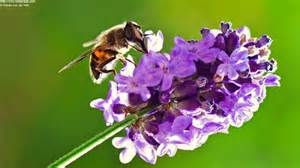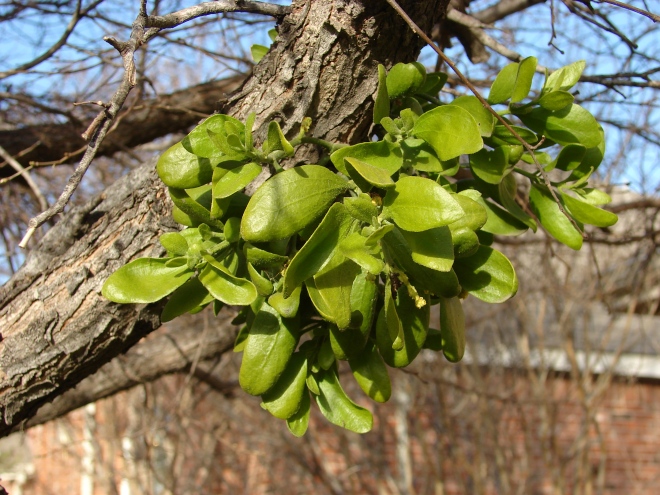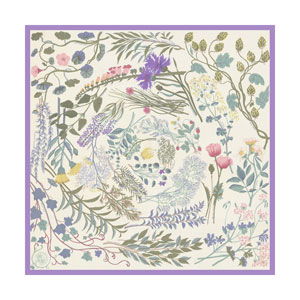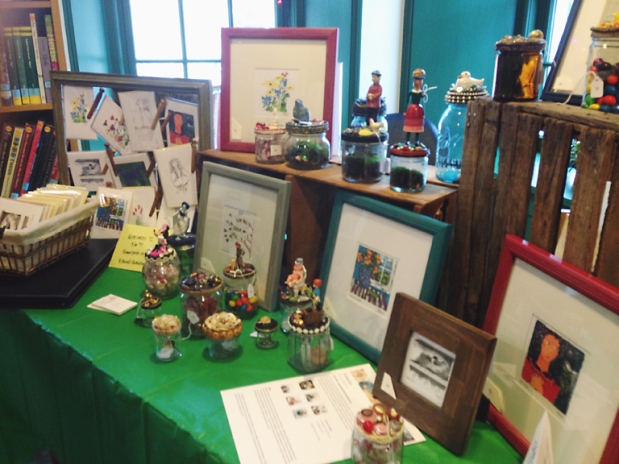By Paris Wolfe, Blogmaster, Herb Society of America
 I’m a dedicated supporter of small and local businesses. I buy organic, grass-fed, cage-free. I avoid corn syrup and hydrogenated fat. I advocate social responsibility and promote social justice.
I’m a dedicated supporter of small and local businesses. I buy organic, grass-fed, cage-free. I avoid corn syrup and hydrogenated fat. I advocate social responsibility and promote social justice.
Given my crunchy idealism, I sometimes, even unfairly, snub corporate America. I forget small movements turn into big movements that change the world. When big business seizes those opportunities we all benefit.
I was reminded of that in a previous blog post about seasoning giant McCormick & Co. going organic. Organic demand may have started small, but McCormick heard the demand and initiated the supply. And, thus, a considerable market shifts.
With that in mind, I applaud $3 billion gardening giant ScottsMiracle-Gro Company for its mid-December announcement of the “Pollinator Promise.” This is yearlong effort to improve consumer education about pollinators and promote backyard and urban habitats where pollinators thrive.
Sounds a lot like The Herb Society’s Green Bridges Program which shows members and others how to develop butterfly- and bee-friendly gardens. These create “green bridges” linking islands of habitat so critical pollinators can move safely around the country.
Scotts recognizes that bees, butterflies and other pollinators are critical to the sustainability of one-third of the planet’s food supply and the health of flower gardens. The company’s program also combats the loss of pollinator habitats and encourages new ones.
Following is the text of the company’s press release explaining the “promise” and funding effort to support it. Every effort helps.
The “Pollinator Promise” will fund the establishment of at least 50 pollinator gardens throughout the United States in 2016, as part of the company’s GRO1000 community gardening initiative. The GRO1000 initiative, now in its sixth year, partners with the U.S. Conference of Mayors, the Pollinator Stewardship Council, and others, to promote the availability of grants for gardens and green spaces throughout the country.
“The importance of pollinators is unquestionable and it is easier than most people think to create a habitat where they can thrive,” says Jim King, senior vice president of corporate affairs at ScottsMiracle-Gro. “The Pollinator Promise is a year-long effort to help home gardeners and urban planners understand the critical role these creatures play in our ecosystem and to provide them the tools necessary to grow successful pollinator gardens.”
ScottsMiracleGro.com/PollinatorPromise provides online answers to common questions about backyard pollinator gardens.
“We are calling upon individual gardeners and communities to help reverse the downward population trend by restoring the natural habitat bees and butterflies need to survive,” says Michele Colopy, program director of the Pollinator Stewardship Council.
To join the effort, non-profit organizations can submit a grant application by February 22 for up to $1,500 in funding.


 By Paris Wolfe, Blogmaster, Herb Society of America
By Paris Wolfe, Blogmaster, Herb Society of America

 By Paris Wolfe, Blogmaster, The Herb Society of America
By Paris Wolfe, Blogmaster, The Herb Society of America Karen Diaz has a passion for herbalism that stems from her roots as the granddaughter of
Karen Diaz has a passion for herbalism that stems from her roots as the granddaughter of  How many herbs can you identify on this custom-designed silk scarf? Rendered in soft, pastel tones, the scarf design was first produced in 1997. It sold out then and will do so again. Until midnight, today only (Monday, December 7, 2015), the scarf it is available for $5 off. That’s $40, plus $2.60 shipping.
How many herbs can you identify on this custom-designed silk scarf? Rendered in soft, pastel tones, the scarf design was first produced in 1997. It sold out then and will do so again. Until midnight, today only (Monday, December 7, 2015), the scarf it is available for $5 off. That’s $40, plus $2.60 shipping.




